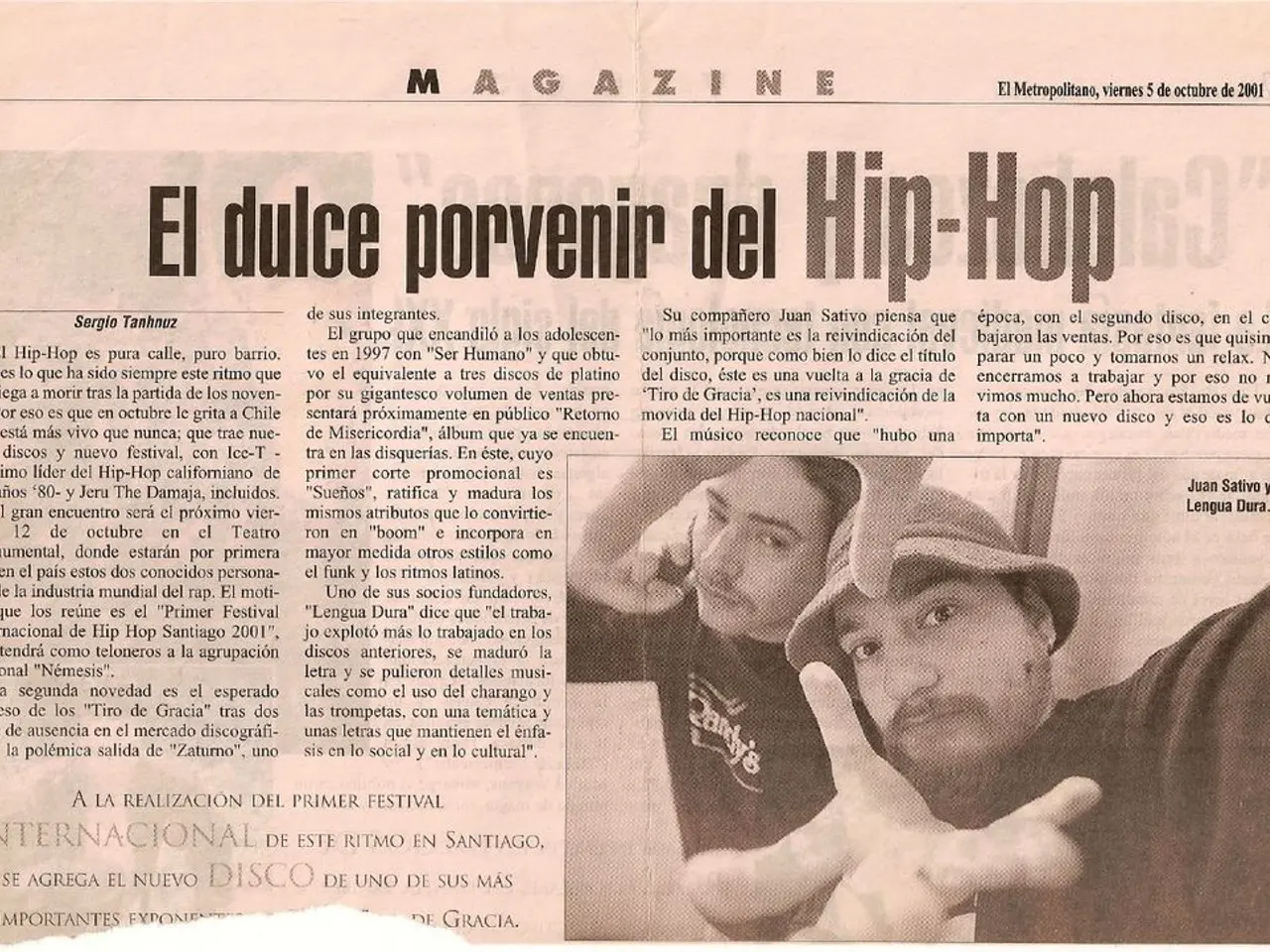Historic Hussite Cannon Wagons: Pioneering Predecessors of Tank Warfare - Historical Precedent of Armored Vehicles: The Hussite Gun Carriage - Pioneering the Armored Battlefield
Hussite War Wagons: Mobile Fortresses of Medieval Bohemia
In the heart of medieval Bohemia, a revolutionary military innovation emerged: the Hussite war wagons. These armored fighting vehicles, known as "válečné vozy" in Czech, were the symbol of resistance against the feudal and ecclesiastical order, born from the religious convictions of the Hussites, followers of the reformer Jan Hus who was burned at the stake by the Catholic Church in 1415.
Originally, these wagons were medieval carts fortified with protective wooden sides and iron plating, arranged in defensive formations called wagenburgs (wagon forts). The Hussites, particularly the fanatical Taborites with centers in Prague and the city of Tábor, positioned their wagon forts on elevated ground or at bottlenecks, luring enemies into prepared defensive positions.
The Hussite war wagons were designed to be deployed independently of the terrain, creating artificial hindrances against heavy cavalry. Horses were unhitched, and the carts were arranged into a wagon fort, with chains connecting the vehicles to form a wall. This fortified structure offered protection against arrows and made attacks with melee weapons difficult.
However, the wooden walls of the wagon fort offered no protection against the projectiles of cannons. To counter this, the Hussites developed a way to defeat the common knight armies of the time, using armored fighting wagons armed with cannons. The Hussite war wagons had firing slits for crossbows, small cannons, and early handguns, giving the Hussites superior firepower.
The Hussites also developed a dense formation, unlike the wagon fort, which could initiate attacks and was difficult to stop once set in motion. The garrison's options were either to break out and face the open ground or to be gradually decimated from a distance until the enemy stormed the ruined wagons.
The Swiss, who would later become renowned for their military tactics, employed deep, densely packed formations with most fighters equipped with extremely long pikes, making a cavalry charge impossible. The Swiss tactic dominated military history for almost 150 years until the Spanish tercios were defeated in the Battle of Rocroi in 1643.
The Hussite war wagons provided necessary support for the Hussite soldiers in battle. They were a significant threat to the feudal order of Europe due to the religious convictions and military strength of the Hussites. However, by the mid-15th century, internal divisions among Hussites and changing battlefield conditions led to declining effectiveness of the wagon tactic.
After their initial use in the early 15th century, Hussite war wagons underwent significant improvements and further development focused on enhancing mobility, defensive capabilities, and integration with infantry and artillery tactics. These innovations allowed the Hussites to conduct "Glorious Rides" — offensive raids — as well as defend against Crusader forces and internal enemies during the Hussite Wars in Bohemia.
Leonardo da Vinci even designed a concept for a similar armored fighting wagon, but it was too large and heavy to be practical. Despite their eventual decline, the Hussite war wagons marked a pivotal moment in military history, bridging the gap between medieval and modern warfare.
[1] J. H. Lynn, The Wars of Religion and the Political Reordering of Early Modern Europe (1999) [3] J. A. F. Thomson, The Hussite Wars (1978) [5] T. G. Fraser, The Hussite Revolution (1986)
Armoured vehicles, science and technology played a significant role in the Hussite War Wagons, as the Hussites developed a way to outfit these war wagons with cannons to counter the common knight armies of the time, showcasing an early form of integration between infantry and artillery tactics. In the realm of politics and general news, the Hussite War Wagons were a symbol of resistance against the feudal and ecclesiastical order in medieval Bohemia, playing a crucial role in the Hussite Wars and bridging the gap between medieval and modern warfare.





